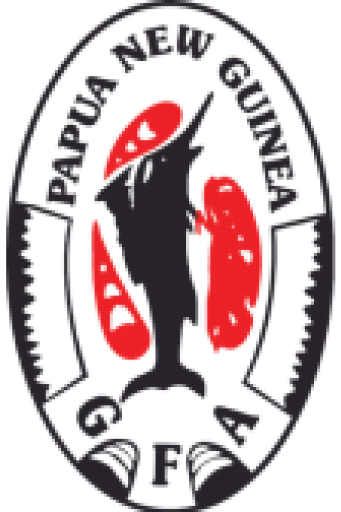IGFA Fishing Rules
IGFA Fishing Rules
IGFA Angling Rules & Requirements
Download PDF
PNG GFA Tagging Rules
The GFA of PNG supports and encourages the ethics underlying the Tagging and release in good condition of all fish. The GFA of PNG does not support free release of fish for Game Fishing Club’s Annual Point Scores or Tournaments. The GFA recognizes that the Boroko Sports Fishing Club practices both free release and tag and release, due primarily to the small size of it’s target species. NSW Fisheries tags are the preferred tags and are freely available from all member Clubs
- All IGFA angling rules will apply until the fish is tagged.
- The tagpole or tagging device must be in hand when the tag is implanted, and every effort made to place the tag in a recognised, scientifically correct position.
- Gaffs may not be used during tagging, other than a jaw gaff used to secure the fish in the jaw.
- The fish must be alive when tagged, and capable of survival when released.
- A fish is considered tagged and released when the tag is implanted in the live fish, and the hooks removed or the leader cut as close to the fish as possible.
- Tagpoles may not exceed 8ft ( 2.44m ) in length.
- One or more persons may assist in the tagging providing all IGFA rules are followed.

Join the conversation!
Catch up with the latest Titles information, or simply boast about ‘the one that got away’ with us on Facebook, today.

Join Our Newsletter
Lorem ipsum dolor sit amet, consectetur adipiscing elit. Ut elit tellus, luctus nec ullamcorper mattis, pulvinar dapibus leo.
